La fracture numérique en Afrique est marquée par des disparités géographiques significatives entre les zones urbaines et rurales. Si les grandes villes et capitales bénéficient généralement de meilleures infrastructures et d’un accès facilité à des services Internet modernes, la situation dans les zones rurales est bien différente, marquée par un accès limité, voire inexistant, à Internet.
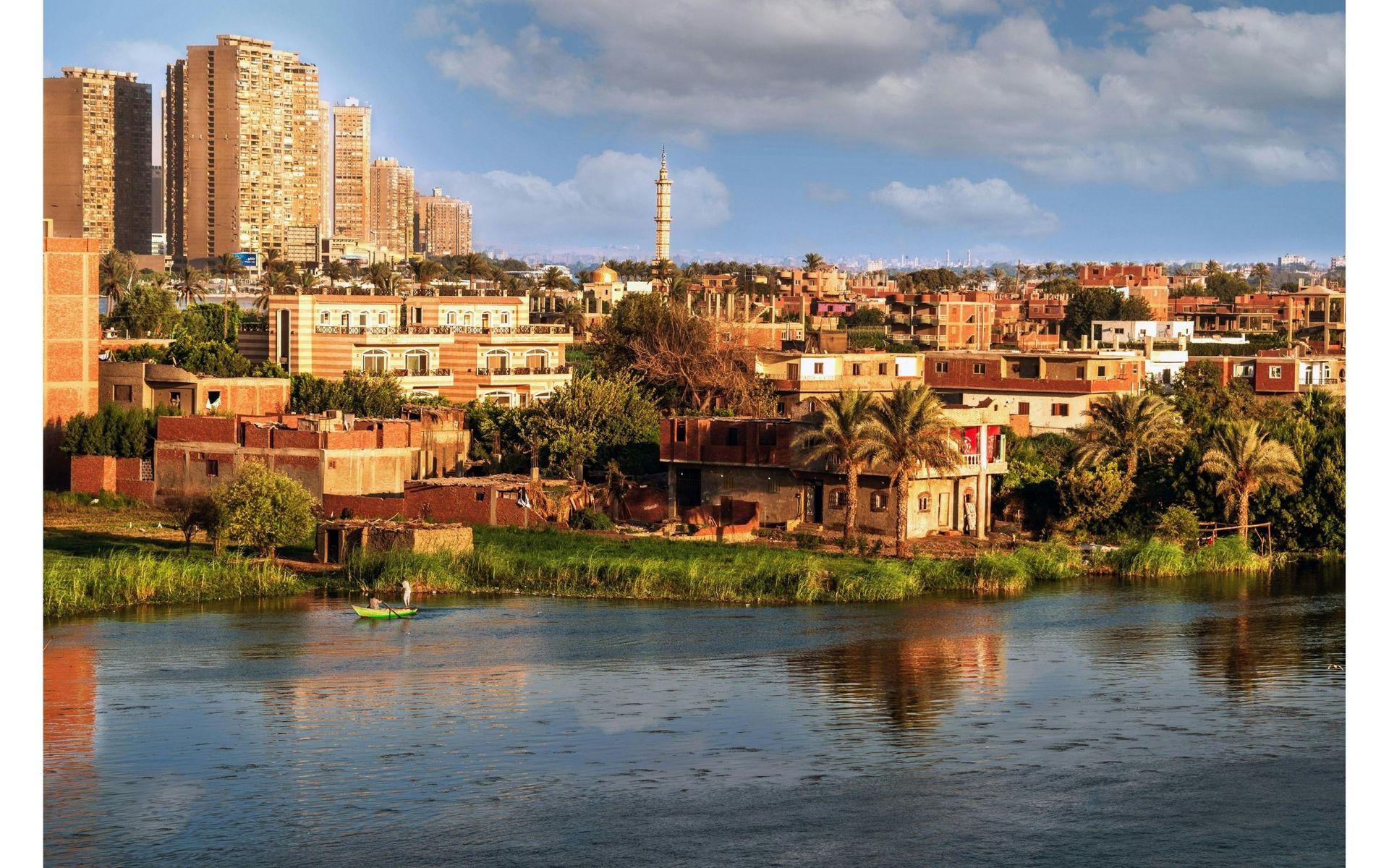
In cities like Abidjan, Lagos, and Nairobi, Internet access is widely available, often at high speeds thanks to 4G networks and, in some privileged areas, 5G. These urban zones also benefit from extensive Wi-Fi coverage, facilitating access to the Internet at home, at work, or even in public spaces.
According to the GSMA 2024 report, the majority of mobile Internet connections in Africa are concentrated in urban areas, reflecting a higher adoption rate in these regions.
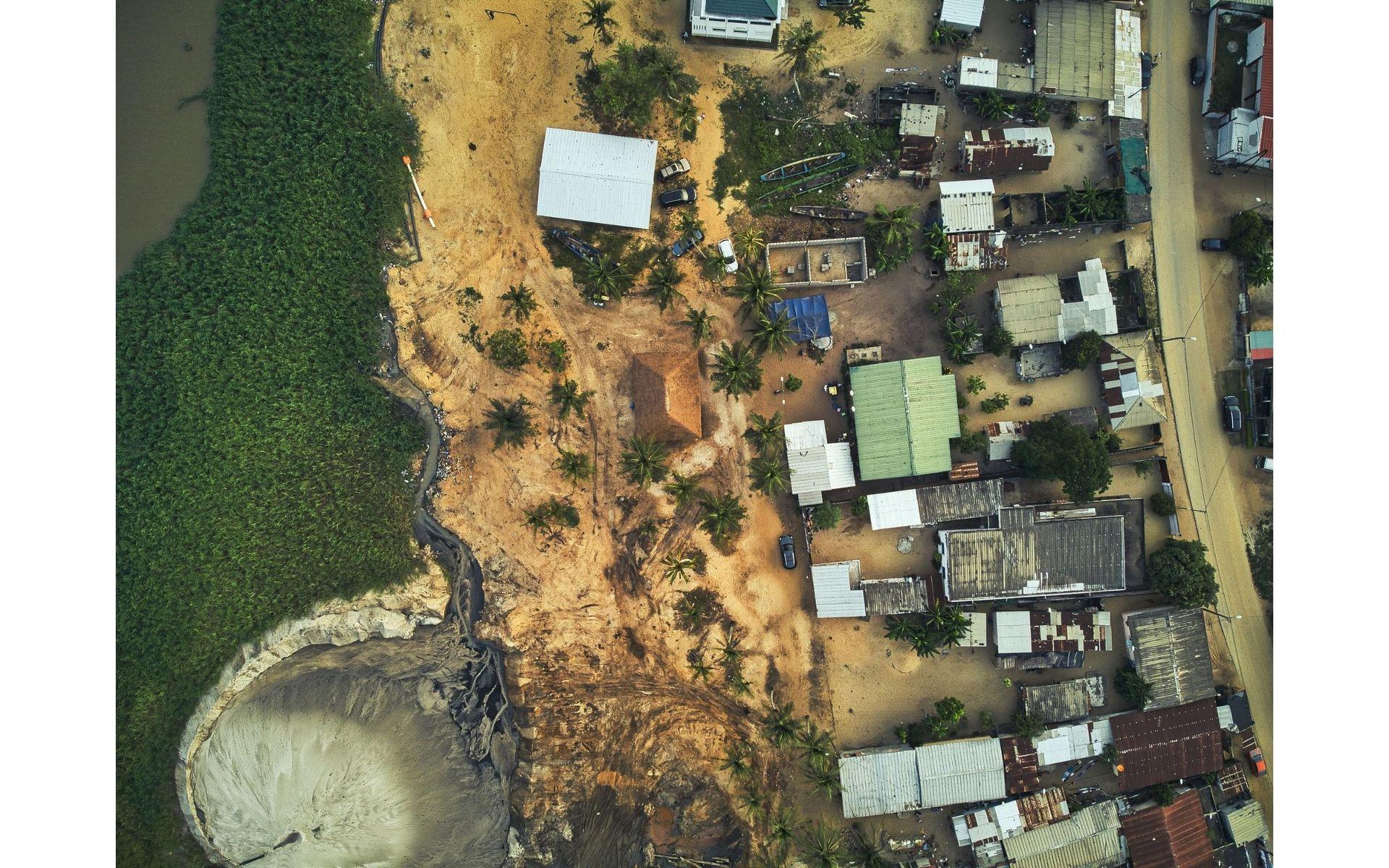
In contrast, the situation in rural areas is much more challenging. The high cost of connectivity infrastructure, combined with low population density, makes investment in these areas less profitable for private companies. According to the same GSMAreport, adults living in rural areas are 28% less likely to use mobile Internet than those in urban areas.
This inequality in access exacerbates social and economic disparities, as rural populations are often deprived of direct access to vital digital services such as online education, telemedicine, or even mobile financial services like M-Pesawhich have transformed the lives of millions in urban areas of Kenya and other countries. This creates a situation where those living in the most remote areas fall behind in the race for digital modernization, leaving rural youth and workers out of the digital development landscape.
To bridge this digital divide, several initiatives have emerged, including satellite Internet projects like Starlink, as well as initiatives such as Facebook’s Internet.org and Google Station, which aim to provide connectivity solutions to isolated regions. However, these solutions need to be strengthened and scaled up to have a truly widespread impact. Governments, private actors, and international organizations must work together to ensure that the digital revolution benefits everyone, including rural populations.
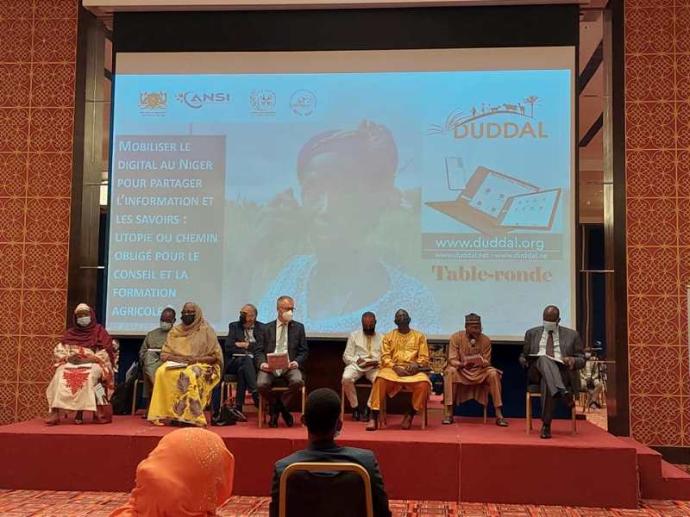 Duddal
Duddal SOS Village d'Enfants Niger
SOS Village d'Enfants Niger

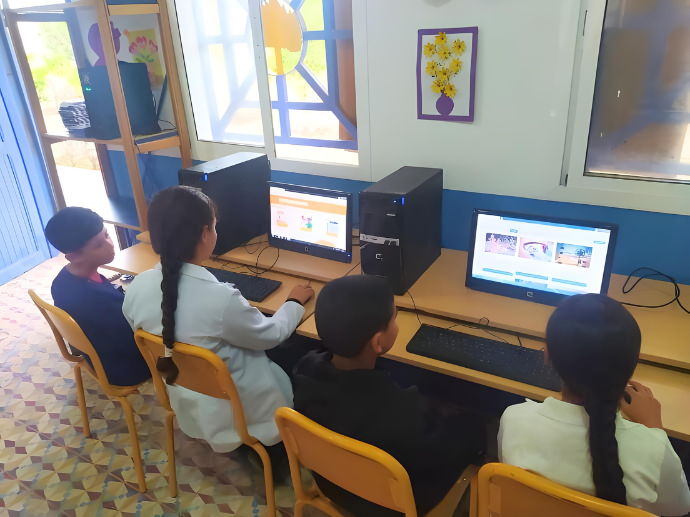
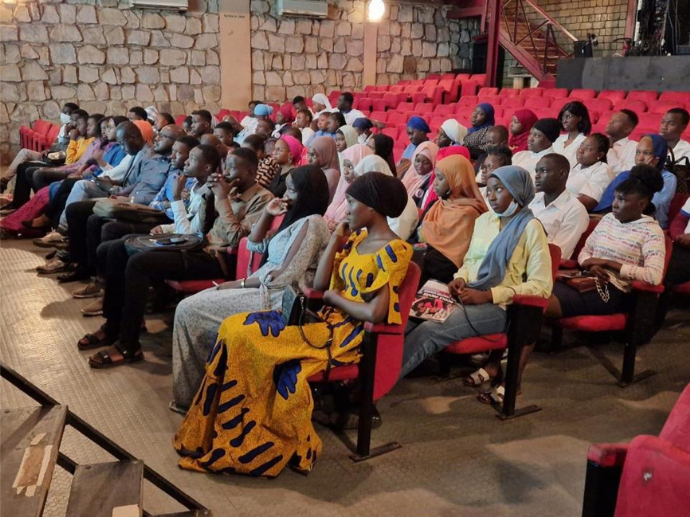
Disparities Between Urban and Rural Areas in Terms of Connectivity